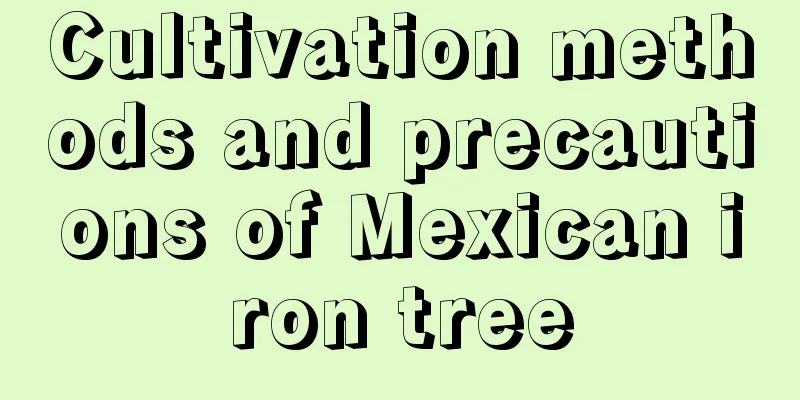How to grow raindrops

1. Maintenance methods1. Temperature: Between 15 and 30 degrees is more suitable because it likes a warm environment. In addition, according to its habits, it is afraid of both cold and heat. Therefore, when the temperature reaches 35 degrees, it is necessary to strengthen air convection, that is, to ventilate more. In addition, in winter, the temperature cannot be lower than fifteen degrees. 2. Light: It likes light, but too strong light should be avoided. Especially in the summer when the temperature is above 35 degrees, it is necessary to provide shade, and the shading degree should be around 50%. Never let it be exposed to direct sunlight. In spring, autumn, and winter, it can receive full sunlight. 3. Watering: It requires a lot of water and it likes humidity. In spring and autumn, water can be given every two or three days. In summer, it's once a day. In addition, spraying is required when the temperature is high. In winter, you don't need to water too frequently. 4. Fertilization: It requires more fertilizer, and you can use liquid fertilizer once a week. 2. Breeding techniques1. Reproduction: Sowing method can be used. It is more appropriate to sow in autumn. After preparing the substrate, it needs to be disinfected first. The seeds also need to be soaked before sowing. You can use a toothpick or other tool to pick up the seeds and then sow them in the soil. The row spacing and plant spacing can be around three centimeters, and the "spot sowing" method can be adopted. After sowing, use the "pot immersion method" to replenish water, then spray in time and block out strong light. 2. Repotting: For raindrops grown in pots, it is best to change the soil once every two years. The substrate can be mixed with fertile, clay soil, such as leaf mold, river mud, and garden soil in a ratio of one to four to four. 3. Problem diagnosis and treatment1. Diseases: Relatively speaking, there are not many diseases of the rain flower. However, when the temperature is high and the humidity is high, there may be some diseases such as "anthracnose", which can harm both the leaves and flowers and the degree of damage can be serious. It can be treated with thiophanate-methyl. 2. Pests: When the humidity is very high, it is easy to attract some mosquitoes. You can prescribe the right medicine according to their different types. IV. Other issues1. Toxicity: It is non-toxic and does not emit any substances harmful to the human body. 2. Can it be grown at home? It is also suitable to be grown as a potted plant at home for ornamental purposes. |
Recommend
How to remedy overwatering of green radish? What kind of water will make it grow best?
1. How to remedy overwatering of green radish If ...
The efficacy and function of tobacco
Ornamental value The overall root system of Nicot...
Can pure milk be used to water flowers? What flowers are suitable for watering?
Can pure milk be used to water flowers? Pure milk...
Pests and diseases of golden diamond and their control methods
Diseases Symptoms Common diseases of golden diamo...
What kind of light can replace sunlight for plants (can the lights at home provide supplementary light for plants)
What kind of light can replace sunlight to supple...
The efficacy and function of creeping grass
effect Clearing away heat and detoxifying Creepin...
Should the photinia be watered thoroughly? How often should it be watered?
Is the watering of the photinia ternata thorough?...
When is the best time to sow petunias?
How to sow seeds Temperature conditions The suita...
How to fertilize winter corals
Fertilizer selection at different times If the wi...
How to prune weeping willow
Weeping willow tree shape When pruning weeping wi...
What season is suitable for growing ice plants?
Ice plant likes to grow in soft, breathable and h...
Is it good to grow clam orchids at home?
1. Can be raised at home The clam orchid can be g...
Common problems for beginners raising succulents
Question 1: Do succulent pots need holes? Succule...
Cultivation methods and precautions of perfume Oncidium
The fragrant Oncidium is particularly easy to gro...
The Difference Between Jasmine and African Jasmine
1. Leaf Difference Jasmine leaves are opposite, s...









